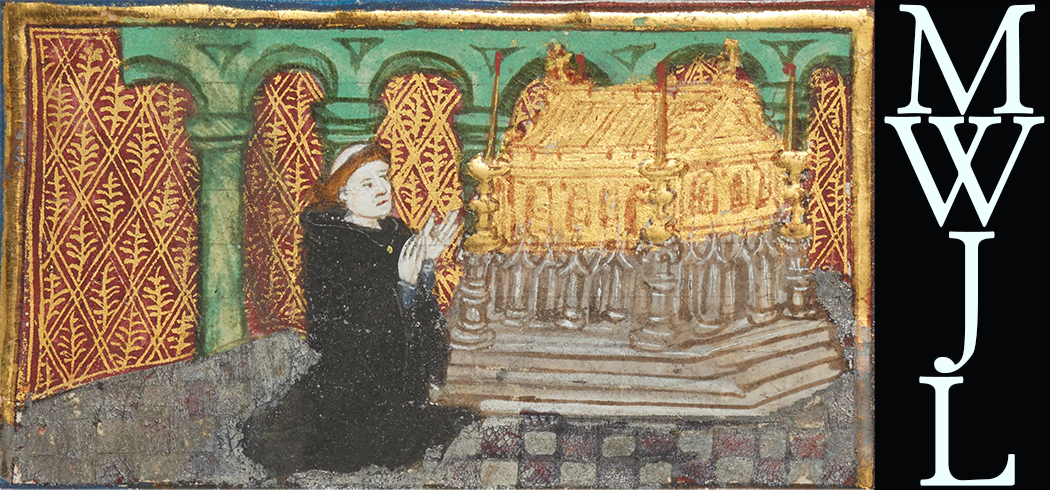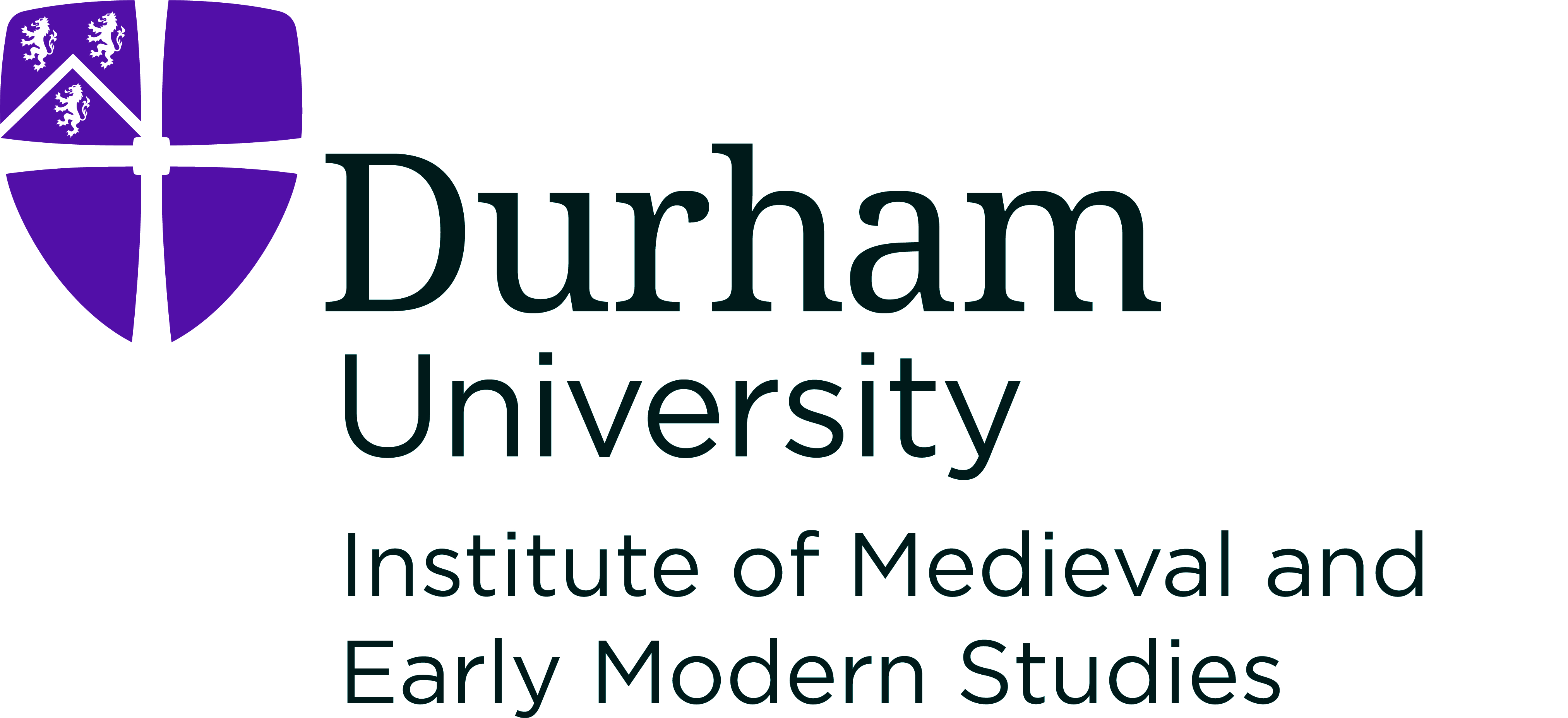 A Mumming for the Mercers of London:
Trinity R.3.20 Verses
A Mumming for the Mercers of London:
Trinity R.3.20 Verses
HomeAbout the ArchiveAbout John LydgateWorksManuscriptsAbout this ManuscriptEditorial ApparatusContactVisualization
Folio 86 Recto (Page 173)
Compare Witnesses: •
Notes
-
There's a suspension mark (see the note about "myrrour" above) between the "r" and "y" here, but there's nothing that is obviously suspended and it does not appear to be the otiose mark that terminates "y" in some cases. The examples in the Middle English Dictionary, BL Add. 29729, and the EETS edition all suggest that this particular suspension is otiose. ↩
-
There is a suspension mark over the "p" here, suggesting that the word is "Europe" rather than "Europ" as the EETS edition suggests. ↩
-
There is what appears to be a suspension mark above the latter portion of the word, but the likely suspension -- "m" -- is already written out. ↩
-
"With this staff I passed over this Jordan" ↩
-
The line-ending mark that occurs throughout appears here after "bestis" ↩
-
What appears elsewhere as the line-ending mark prefaces the French on this and the line prior. ↩
-
Both MacCraken and Sponsler render the next to final glyph of this word as "n", but looking at the manuscript -- in particular the rendering of "and" above -- suggests this is a correction of scribal error. BL Additional 29729 has "ourraat," which suggests that the error might have existed in the two witnesses' exemplar. ↩







